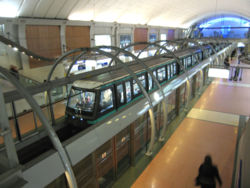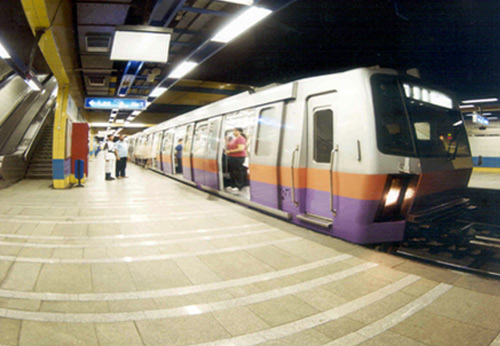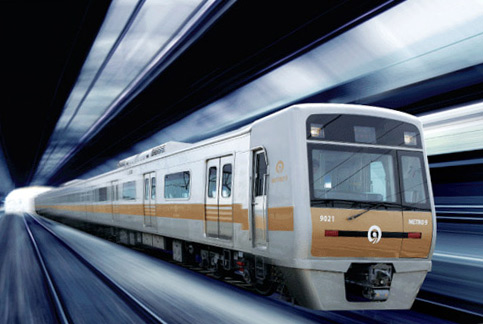

Generalities
Since the end of the 19th century underground tunnels have been used for mass transit transportation in the cities.
January 10th, 1863, London - the first steamed driven underground railway in the world (electrically from 1890)
June 6th, 1892, Chicago - the second steamed (and then second electrically in 1895)
Then a very fast development followed, as some of the main European and American cities started to adopt the same system: Budapest in 1896, Boston in 1897, Vienna in 1898, Paris in 1900, New York in 1901, Berlin in 1902...
After the early beginning the new wave of metro construction began in the 60's -70's due to the increasing traffic in the cities.
Existing roads were not suitable to tackle the problems involved and constant traffic jams were common place.
The only possible solution for improving the transport situation in the cities was to comprehensively develop public commuter transportation systems and to largely relocate it underground.
Evolution in the construction techniques

Whereas initially cut-and-cover with substantial water lowering dominated as construction technique for many of the underground and urban railway systems, it appeared very soon that this technique presented a large number of inconveniences like:
- There was not usually enough free space to enable the construction of stations from the surface, and neither wide and straight roads with large radii, especially in old towns;
- Lowering of the ground water was no longer acceptable as a construction technique, as this could induce to large settlements at the surface and negative impact on existing buildings and infrastructure;
- Traffic restriction and negative effects resulting from the construction of works by means of open excavation could no longer be accepted by local residents and motorists.
All these situations led to a general development and adoption of mechanized tunneling, what has also made possible to overcome all the limitations of the open excavation system and has paved the way for a boom in the construction of underground mass transit systems.
Above ground or underground
The decision on whether to place an urban mass transit system underground or aboveground is a complex decision, as there are parameters of very different nature that need to be weighed: planning, engineering, construction, urban design, economic and political.

In many cases—for example in the center areas of older cities—due to functional, social, historic, environmental and economic reasons, there is usually no alternative of choice for an underground alignment when a new mass transit system is to be built.
For many developing countries, the investment expense needed to build a new urban mass transit system is significant compared to the national or city economy. For urban mass transit systems developed or operated by private companies, return on investment is a critical issue.
For newer cities, cities without extensive historical districts, and cities with wide streets, surface systems can offer a good solution at substantially lower initial construction cost than underground alignments, with certain exceptions usually related to right-of-way costs.
However, even in these situations, it must be taken into account the fact that the initial capital cost is only a part of the total long-term financial commitment.
In order to take a good decision, total costs must be taken into account, including not only the capital (including financing), but also the operating, maintenance, security and rehabilitation costs for the future.
Therefore, surface systems will need to be designed not for the needs of today, but for the expected needs of the city in some decades time.
The use of the surface for transportation today might compromise the well being of the city and the traffic circulation tomorrow.
Related Cases
- Seoul - Korea
- Shanghai - China
- Cairo - Egypt
- Stockholm - Sweden
Examples
- Toronto - Canada
- Prague – Czech Republic
- Copenhague - Denmark
- Cairo - Egypt
- Paris, Line 14 - France
- Berlin - Germany
- Rome - Italy
- Milan - Italy
- Bucarest - Romania
- Moscow - Russia
- St Petersburg - Russia
- Madrid - Spain
- Bilbao - Spain
- London, Jubilee Line - UK
To know more
Endorsed ITA papers
